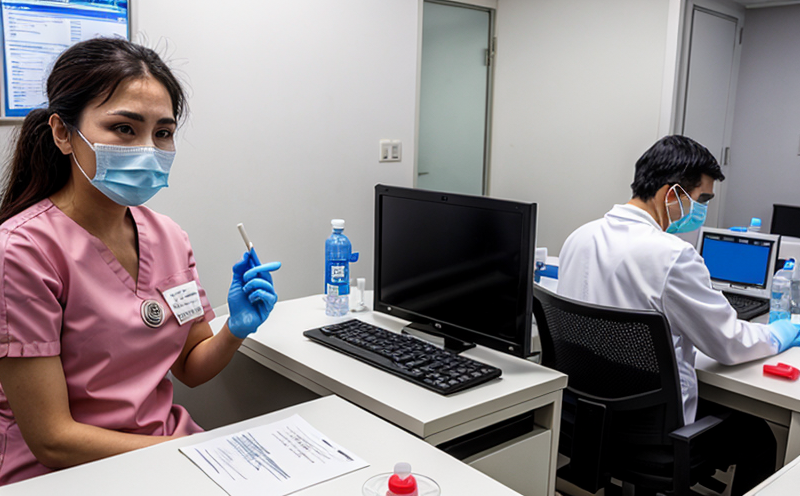Calicivirus Detection Testing in Aquatic Mammals
The detection of caliciviruses in aquatic mammals is a critical aspect of ensuring the health and safety of marine life, particularly in environments such as aquariums, zoos, and research facilities. Caliciviruses belong to the family Caliciviridae, which includes pathogens responsible for severe gastroenteritis in various animal species.
In aquatic mammals like seals, sea lions, and otters, calicivirus infections can lead to significant health issues including diarrhea, vomiting, dehydration, and even death. The ability to detect these viruses early is essential for implementing appropriate treatment protocols and preventing the spread of infection within captive populations.
Our testing service employs advanced molecular techniques such as reverse transcription polymerase chain reaction (RT-PCR) and nucleic acid sequence-based amplification (NASBA), which offer high sensitivity and specificity for calicivirus detection. These methods allow us to identify even trace amounts of viral RNA, enabling precise diagnosis.
Specimens collected from aquatic mammals are typically rectal swabs or fecal samples. Proper collection procedures are crucial to ensure accurate results; our team provides detailed guidance on specimen preparation and submission to minimize contamination risks.
| Applied Standards |
|---|
| ISO 15183-1:2012 |
| ASTM E2583-13 |
Why It Matters
The timely detection of caliciviruses in aquatic mammals is vital for maintaining the welfare and health of these animals. Early identification allows for prompt administration of antiviral medications, supportive care, and quarantine measures to prevent further transmission.
In aquariums and zoos, where multiple species may interact, the spread of calicivirus can have far-reaching consequences. By detecting the virus early, facilities can implement effective biosecurity protocols, including enhanced cleaning procedures, restricted visitor access during outbreaks, and increased monitoring of animal health.
- Reduces the risk of mortality among affected animals
- Avoids potential economic losses due to prolonged quarantine periods
- Promotes public trust in facility management practices
- Contributes to conservation efforts by minimizing disease impacts on wild populations through controlled breeding programs and rehabilitation centers
Frequently Asked Questions
Applied Standards
| Standard Code | Description |
|---|---|
| ISO 15183-1:2012 | International standard for the diagnosis of infectious diseases in animals, including viral infections. |
| ASTM E2583-13 | American Society for Testing and Materials standard for molecular methods used in veterinary diagnostics. |
Why Choose This Test
- Highly sensitive and specific molecular detection methods
- Quick turnaround times for results
- On-site testing options available upon request
- Comprehensive diagnostic capabilities for multiple pathogens
- Expertise in aquatic mammal health management





